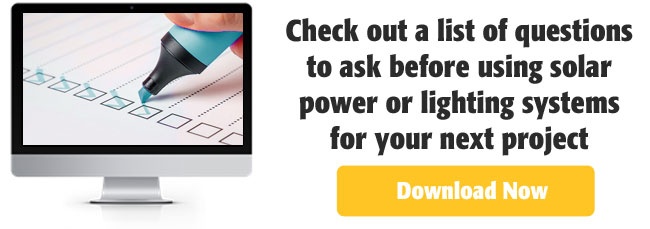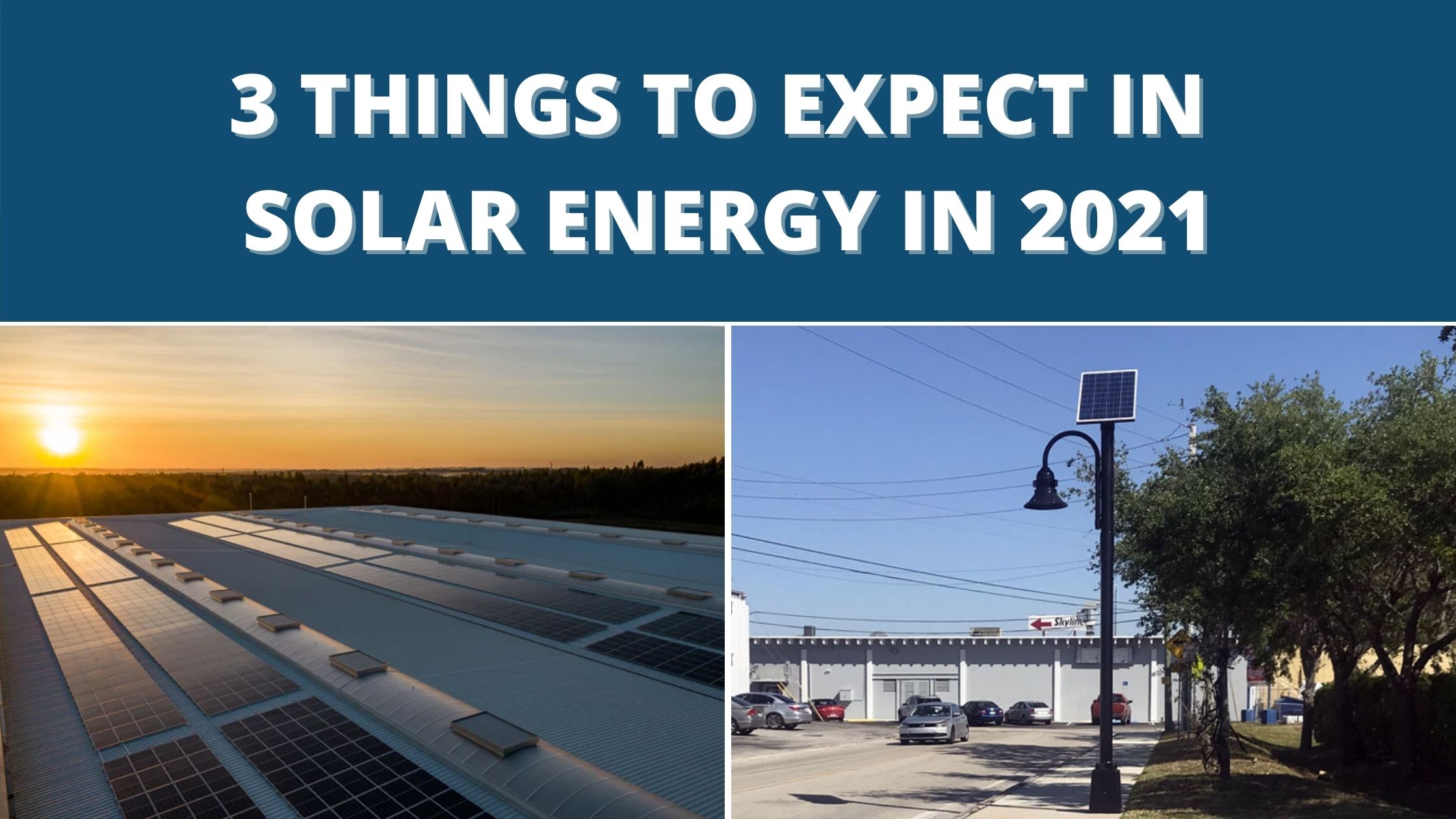Since the 1980s, when solar energy became readily available to the American public, tremendous changes have been made to the industry each year. As panel technology changes, solar becomes more efficient, and individuals continue to take advantage of tax credits, 2021 is anticipated to be a big year for solar. Not to mention, there is growing enthusiasm for solar because of the net-zero carbon footprint and the means to reduce the threat of climate change. Here are just some of the things to look forward to in 2021 in terms of solar energy.
Unique Projects
The use of solar energy is no longer exclusive to providing energy for homeowners or individuals. There has been a significant increase in the use of this type of energy for unique projects in the past few years, and 2021 is no different. Solar energy is being used in a plethora of ways to power projects, including lighting billboards, parking lots, security cameras, outdoor decor, and transit shelters.
Individuals are leaning toward solar for these projects because it offers off-grid energy in the event of power outages due to extreme weather, meaning these projects could continue for up to five days without any backup energy solutions. In addition, solar typically comes with longer warranties and, in time, will be a more cost-effective strategy for the consumer.
Seeing New State Mandates
With the passing of California Assembly Bill 178, California was the first state to mandate that new buildings, and building additions or expansions, be built to incorporate solar energy. This went into effect in 2020, but with much of the construction halted because of COVID-19 restrictions, consumers will feel the impacts of this bill in 2021. The bill specifies that solar panels must be installed in order to cover the anticipated annual energy usage of the building or home. This could be difficult to predict if there is no owner for the property in mind during construction. Still, guidelines suggest that these estimates should be based on the Energy Design Ratio.
While California might have been the first state to put this in writing, it is safe to assume others will follow suit shortly. For example, the Colorado Building Association has already indicated its interest in a similar mandate to go into effect in 2023. Meanwhile, many states are motivated by ambitious Renewable Energy Portfolio (REP) goals, with Maine and Hawaii leading the way, aiming to be 100% renewable energy by 2050. Based on these goals, it is likely that these states will make similar mandates in the near future, among others with approaching REP goals.
Decreasing Costs
Since 2010, the cost of solar has decreased by 89% and is expected to continue to drop as the technology is streamlined. Additionally, in 2020, Congress extended The Federal Solar Investment Tax Credit at a rate of 26% through 2023 and at a rate of 22% through 2024. This means that now could be an opportune time to add solar commercially or for homeowners, as the price could go up if Congress chooses not to renew the tax credit beyond 2024.
Some costs that are not expected to change are the installation fees and prices to combat competitors in this rapidly growing industry. So, solar could still be out of reach for some small businesses and homeowners. Some unique ways that these consumers can finance a project like solar include a small business loan or leveraging a home equity loan for homeowners. Alternatively, you can find a solar company that works for you and your financial situation. For example, find a firm with payment plans or deferred payment to fit your financial calendar.
If you or your small business is looking for alternative energy sources, reducing your carbon footprint, or looking to adhere to some new state guidelines, 2021 could be your year. Because of solar’s ability to power unique projects, the reduction in cost, and the modern approach to energy enterprise, solar is the energy of the future.



